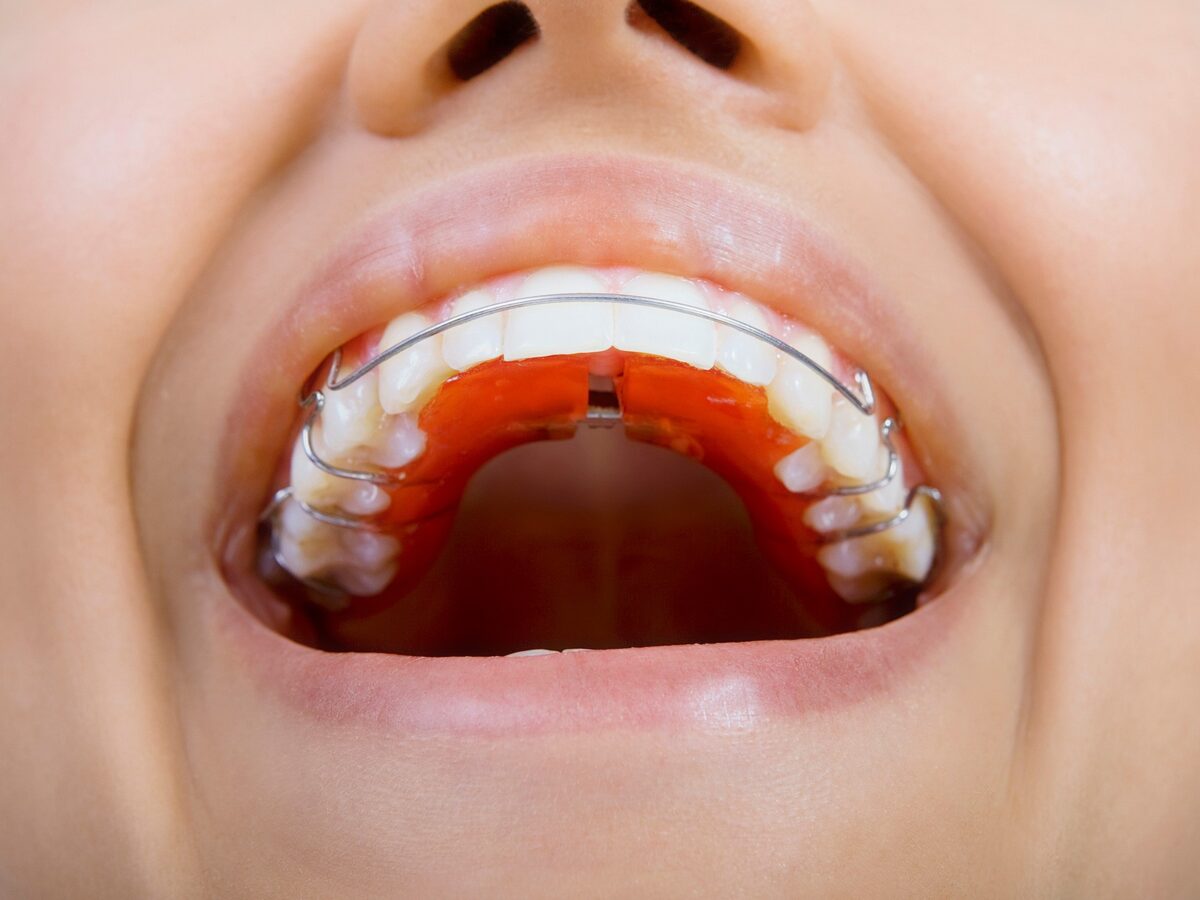Blog
Dental hygiene tips for healthy teeth & gums

How long does it take a retainer to move teeth back?
Retainers play an important role in orthodontic treatment. To a greater extent, these appliances are used after braces or clear aligners to maintain the new position of teeth. However, sometimes retainers might be applied to perform small adjustments in the tooth’s positioning. If you wonder how long it will take for a retainer to move teeth back into place, then the answer in most cases is not simple. Let’s look into what goes into this process and what you can expect when using a retainer for tooth movement.
What are Retainers and their Purpose?
Before getting into the timeline of tooth movement with retainers, what exactly retainers are and what they do should be understood. Retainers are orthodontic appliances custom-designed to keep teeth from reverting to their previous position after active orthodontic treatment. They may come in the form of removable plastic retainers, bonded, or Hawley retainers.
In general, retainers are not meant to move teeth much. The main purpose is to prevent the teeth from moving back into their pretreatment positions—a process called orthodontic relapse. In some cases, however, and particularly if small movements of the teeth or minor shifts that may have occurred since active orthodontic treatment was completed, retainers can be utilized to reposition the teeth.
Factors Which Influence the Time Needed to Move Teeth
The length of time that a retainer can take to move teeth back depends on several factors. No two cases are alike, and the period differs significantly from person to person, based on circumstances. The greatest of these factors include:
Amount of Movement Needed
The amount of movement needed is perhaps the most important determinant of how long it will take for a retainer to reposition teeth. Small movements, like slight rotation or small gap closure, may be corrected in a pretty short time, sometimes weeks or a few months. However, more significant movements or the adjustment of more than one tooth is obviously going to take longer and may need several months or even a year.
Age of the Patient
Age is a factor in tooth movement. Generally, the older one is, the slower his teeth move. This is because, at a younger age, the bones are more plastic, and the body is still growing. Adults may find that their teeth are slower to move with retainer pressure, simply because their bones are more settled and not as easily manipulated.
Consistency of Wear
In the case of removable retainers, how frequently the patient wears the device matters. Following the orthodontist’s instructions to the letter will yield the best and fastest results. In general, removable retainers worn for tooth movement need to be worn more hours a day than those worn for maintenance purposes. The patients can be advised to wear their retainers 20-22 hours a day. They can remove them for eating and oral hygiene purposes.
Type of Retainer Used
The disparity in the kind of retainer used can cause variations in the rate of tooth movement. For example, clear plastic retainers like those used in Invisalign could be effective in small movements compared to traditional Hawley retainers. Sometimes, orthodontists may prescribe a number of almost similar retainers with small changes in them to move teeth back into position progressively, much like the concept behind clear aligner therapy.
Biological Individual Variation
Everybody’s body is different in its response to the introduction of orthodontic forces. That can include bone density, gum health, or general oral health, which all could impact the speed of teeth movement. Some people are naturally going to have faster tooth movement, while others may find it takes a bit longer because of these biological variations.
The Timeline: What to Expect
Given the variables involved, it may be quite a challenge to give a general answer to how long it takes for a retainer to move teeth back. However, we can outline some general expectations:
- Minor Movements (1-3 months): In the case of very slight shifts or rotations, patients might notice improvements within the first month with good adherence to retainer wear. Full correction of these minor issues often happens within three months.
- Moderate Corrections: Such movements, either more pronounced or involving several teeth realignment, take an average of between three to six months. This duration is using appliances regularly as guided by the orthodontist.
- More major movements (6-12 months): If more significant movement is needed, or the problems have developed over a longer period of time since orthodontic treatment was first carried out, then this could take six months to a year. Some patients may need even longer, depending on the complexity of their case.
Note that these timelines are approximate. Regular orthodontic check-ups are essential during the process. This gives them the opportunity to track progress and thereby make adjustments to your set course of treatment, if needed. This helps ensure safety and efficiency in tooth movement.
The Need for Professional Guidance
While retainers can work magic in reinstalling teeth to their former position, such a process should be taken under the guidance of a qualified orthodontist. Moving teeth without professional advice could result in numerous other unwanted implications: damaging the roots of teeth, exposing gums, or even the loss of teeth.
An orthodontist can evaluate if a retainer is the proper tool to meet your specific needs or whether other orthodontic interventions may be more suitable. They may be able to give a more realistic timeline based on your individual needs and monitor the movement to be sure it’s moving safely.
The process of teeth slowly being returned to their position by a retainer is one of patience and consistency. Although slight adjustments can be reached in weeks, more dramatic corrections could take months to a year. Maintaining good results means adhering exactly to what your orthodontist tells you to do and keeping all follow-up appointments.
One must remember that it is not about speeding up the time required to move teeth around, but rather doing it in a safe and efficient manner that enables long-term oral health and ensures a stable bite. For those patients concerned by the drifting of teeth after orthodontic treatment, see your orthodontist at once to find out the best approach in your individual situation. By following the advice and following the treatment, you can work your way back up to earn the perfect smile which you got during your first journey into orthodontics.


